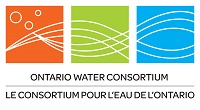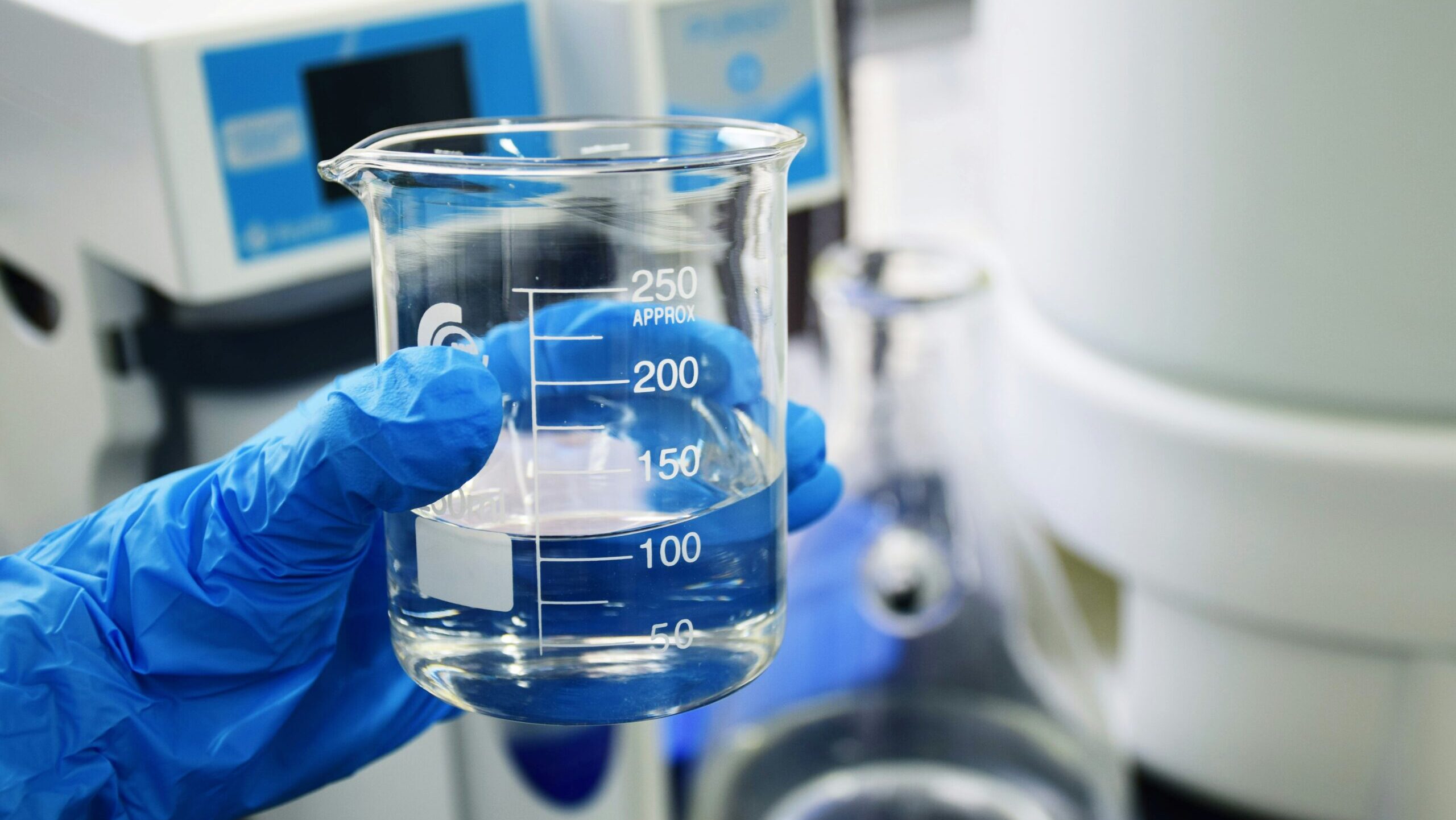On June 5, 2025, the Ontario Water Consortium (OWC) hosted the second in a series of webinars exploring the progress of a major collaborative research initiative focused on per- and polyfluoroalkyl substances (PFAS) in Canadian water systems. Co-led by Professor Scott Hopkins (University of Waterloo) and Professor Franco Berruti (Western University), the project exemplifies how academic, municipal, and private-sector partners can work together to address one of the most complex and urgent issues facing water systems today.
The initiative began with a project kickoff meeting in April 2023 that brought together researchers, utility partners, and technology providers to align goals and build a shared framework. A first public webinar in June 2024 presented early findings and laid the groundwork for open engagement with the wider water community. The June 2025 session provided an in-depth update on analytical results, treatment technology development, and key challenges that have emerged through ongoing fieldwork and collaboration.
Funded by an NSERC Alliance Option 2 grant, the University of Waterloo and Western University have partnered with USP Technologies, Brown and Caldwell, the Ontario Clean Water Agency, the Ontario Water Consortium, and seven regional water supply systems in Ontario. These partnering facilities provide water and wastewater services to more than 2.5 million Canadians, underscoring the scale and public importance of this research effort. Together, the group is working to better understand the presence of PFAS in water systems and develop effective strategies for treatment and risk mitigation.
Tracking PFAS in Ontario water systems
PFAS are a large class of human-made chemicals valued for their resistance to water, oil, and heat. However, they are also highly persistent in the environment and increasingly linked to health and ecological concerns. In 2021, the federal government announced its intention to regulate PFAS as a broad chemical class, accelerating interest in monitoring and treatment options.
Professor Hopkins presented new results from more than 1,300 environmental samples collected across Ontario, including drinking water and wastewater treatment systems. The results show that PFAS are widespread – and that conventional water treatment processes are generally ineffective at removing them. In some facilities, researchers observed an increase in PFAS concentration from raw to finished water, suggesting that treatment materials or infrastructure could be contributing to their persistence.
In wastewater systems, the findings are more complex. PFAS levels in influent and effluent vary considerably, and in some cases, specific compounds, like PFOSA. appear in treated effluent despite being undetected in influent. These patterns suggest that certain PFAS may be transforming or mobilizing within treatment processes, posing challenges for removal and risk assessment.
Encouragingly, even with these dynamics, PFAS concentrations remain below current Health Canada guidelines for drinking water at the facilities sampled. But the persistence of these compounds, their potential precursors, and the emergence of new transformation products all point to the need for more advanced monitoring tools and treatment methods.
To support more comprehensive monitoring, the Waterloo research team has developed new analytical methods capable of identifying a wide range of PFAS compounds, including those not covered by conventional testing. These methods include non-targeted analysis using high-resolution mass spectrometry, automated feature detection, and machine learning-supported structure prediction.
One challenge the team highlighted is that the vast majority of detected signals in complex environmental samples cannot yet be matched to known PFAS compounds. To improve confidence, the group is building in-house spectral libraries, purchasing additional analytical standards, and developing models that can help predict compound behaviour in environmental systems.
The project has also made significant progress in understanding PFAS fragmentation behaviour – knowledge that supports both improved detection and insight into how PFAS degrade during treatment.
Destroying PFAS in biosolids using pyrolysis
Professor Berruti’s presentation focused on PFAS destruction in biosolids, using pyrolysis followed by high-temperature thermal oxidation. In this process, dewatered biosolids are heated in an oxygen-limited environment, which displaces PFAS into the vapour phase. Vapours and gases are then fully combusted to destroy the contaminants.
The team has demonstrated that this system can be thermally self-sustaining, with energy recovered from vapour combustion used to heat the reactor and support drying. Research also showed that biosolids contain naturally occurring calcium, which plays a role in fluoride capture. This is being explored further with additional metal additives to improve overall PFAS mineralization.
A commercial-scale demonstration unit has already been commissioned through a spin-off company, Ethea, in partnership with Junktion Colombia. A next-generation system with 1.2-ton-per-hour processing capacity has been designed and is ready for future deployment.
Insights from the discussion: Applications and challenges
During the open Q&A, participants raised a number of critical issues related to the practical application of this work.
One area of discussion focused on how to extend this research to smaller or remote communities, including First Nations. The project team shared that initial engagement is already underway near the Brantford area, and that findings will be made available through public-facing reports and webinars to support broader use. Flexibility and adaptability are key goals in the analytical and treatment approaches being developed.
There was also discussion of PFAS concentrations in foam and biosolids, two byproducts of wastewater treatment where PFAS appear to concentrate. Foam layers in particular may offer a useful treatment target given their high PFAS loads. Understanding how these materials behave and developing treatment or containment strategies could be a valuable focus for future work.
Participants also asked about baseline PFAS levels in untreated biosolids. The team reported concentrations in the range of hundreds of nanograms per kilogram, though some highly concentrated foams can reach levels an order of magnitude higher.
With approximately 18 months of active research remaining, both Hopkins and Berruti confirmed that the project is progressing well. Most of the key analytical and treatment tools have been developed and validated, with additional publications and knowledge-sharing activities underway.
While some objectives, like developing predictive AI models for treatment optimization, will require further data, the team is well-positioned to complete the remaining work and ensure findings are mobilized to those who need them.
More broadly, the project highlights the value of collaborative research as a model for addressing emerging water quality challenges. By combining real-world data from partner utilities with laboratory innovation and industry knowledge, the initiative is not only advancing PFAS science – it’s laying the groundwork for more resilient, informed, and adaptive water systems across Canada.


